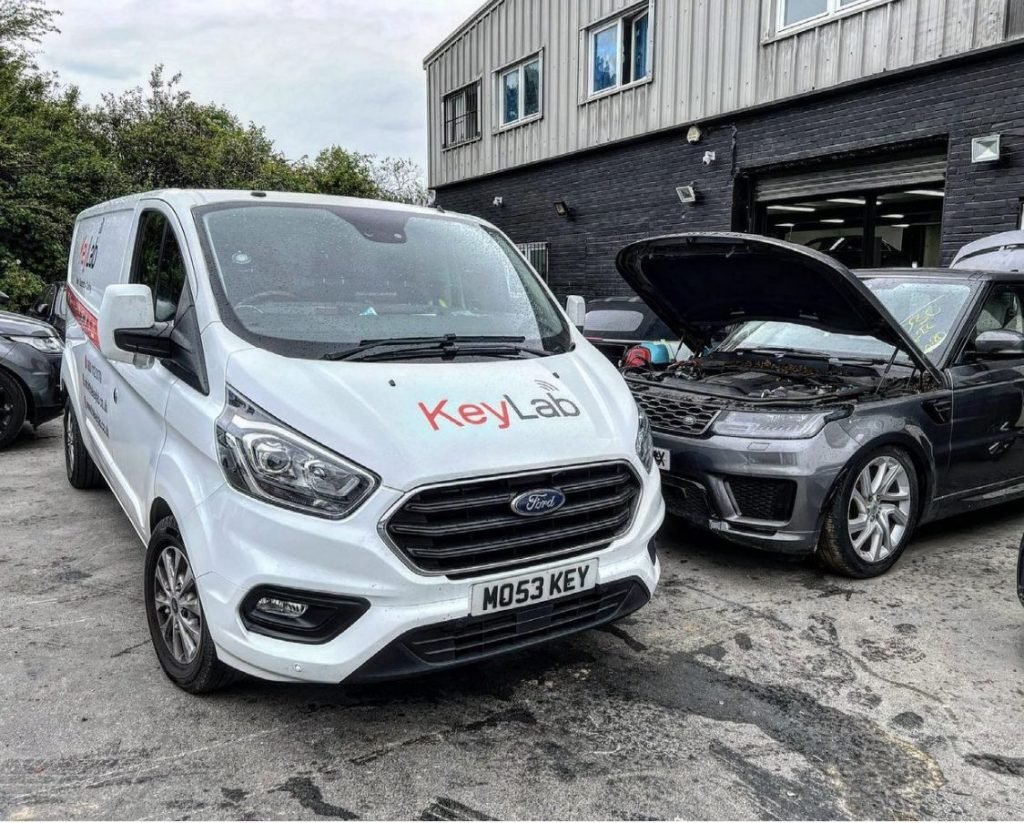Automotive Diagnostics
There are many different types of diagnostic tools that are available for use in the automotive industry. These include back-pin probing and pattern recognition algorithms. These diagnostic tools allow you to communicate with remote assistance systems as well as identifying the problem with the component. how much is car diagnostic test are crucial in making sure your vehicle is safe on the road.
Warning system to alert you to a component that is failing.
Modern cars have various electronic and internal systems that are able to monitor how the vehicle is running and can be caused by malfunctions. If a component in the vehicle is not functioning properly, it will issue an alert signal to let the driver know about the problem. Certain warning lights can indicate a minor issue like a loose gas cap, whereas others could signal an issue that is more serious.
A device that detects malfunctions will store information that can be used to help an expert identify the issue and correct it. If it detects a fault in time the technician will be able to address the problem quickly and easily. By following the tips, a vehicle owner can improve its safety and reduce the cost of maintenance.
Modern vehicles are equipped with a computer diagnostics system that continuously monitors all functions and systems. It also monitors fuel efficiency and harmful emissions. A warning light will be displayed on the dashboard if the component is damaged. This system, called OBD is utilized on personal vehicles, trucks and commercial vehicles. It has become an industry standard, and makes diagnosing much simpler.
These alerts are known as Diagnostic Trouble Codes (or DTCs) and are the result of a diagnosis process to determine the cause of the problem. Diagnostics involve the thorough search of service information and pin-point testing of the vehicle, and inspecting the affected areas. To identify the issue with your vehicle, it is important to understand the meaning of these codes.
Communication between the vehicle and the remote assistance facility
To allow remote assistance facilities to be able to work with your vehicle you need to be able to communicate with it. V2V communication (vehicle-to-vehicle) is a way to connect with other vehicles wirelessly and exchange information. This technology allows the transmission and reception of omnidirectional messages up 10 times per minute. It helps vehicles keep 360-degree awareness of their surroundings. It also collects data from nearby vehicles to alert drivers about upcoming accidents. These systems can also make use of audible, tactile, and visual alerts to assist drivers avoid accidents.
Back-pin testing

Back-pin probing, a method used in automotive diagnostics, employs a sharp point to connect automotive connectors. These probes can be used on all vehicle models and are usually inexpensive. They are ideal for taking live circuit measurements without causing damage to connectors. This means that there is no need for cutting wire insulation.
Back-probing is a method used in automotive diagnostics is preferred by many repair technicians because it is convenient and safer than piercing wire insulation. These tools can be inserted into automobile connectors using a variety of tips. Many specialty back-probes have a small diameter which reduces the force applied to the connector.
Many automotive diagnostic kits include several connectors and probes such as banana plugs and alligator clips. Some kits also include assorted tests kits. These kits enable you to quickly and easily measure the electrical signals that indicate an issue in the vehicle.
Back-pin probing is among the most efficient methods to test automotive connectors. It allows you to quickly connect and disconnect the test leads. This diagnostic method is also cost-effective. This method can save a lot of time, labor as well as money.
On-board diagnostics
On-board diagnostics in automotive systems can provide drivers with crucial information about the health of their vehicle. It can also notify them when their vehicle needs maintenance or repair. This technology could improve fuel efficiency and reliability. This technology can be used to enhance safety and engine performance by car manufacturers. These systems can also help save time and money by allowing drivers to see how their car is operating without having to spend time at the mechanic's workshop.
Before the introduction of standard on-board diagnostics manufacturers had to develop their own systems. The initial versions of the system were built using their own connectors, electronic interfaces and custom codes to report issues. The first systems were released in the years 1968 and 1978 by Volkswagen and Datsun. The Society of Automotive Engineers (SAE), eventually required that all cars use the technology. California also mandated that all vehicles must have on-board diagnostics as of 1994.
On-board diagnostics systems have become so sophisticated that they are able to match the computing power of a desktop computer. They are able to communicate with a variety of mid-speed networks , and handle large volumes of data. Additionally, many on-board diagnostics systems have a vehicle speed sensor that can accurately detect rough roads. The sensors are integrated into the engine control unit of the vehicle or ECU.
If the engine of a car is experiencing issues or is experiencing problems, the OBD system will be able to detect the issue and illuminate a warning light in the instrument cluster. Once the OBD system has detected the issue, it will store a diagnostic code. A mechanic can then connect a scan tool to the OBD connector on the dashboard to examine the trouble code. Although reading a trouble signal is useful, it doesn't necessarily mean that a mechanic is aware of what's wrong with the vehicle.
